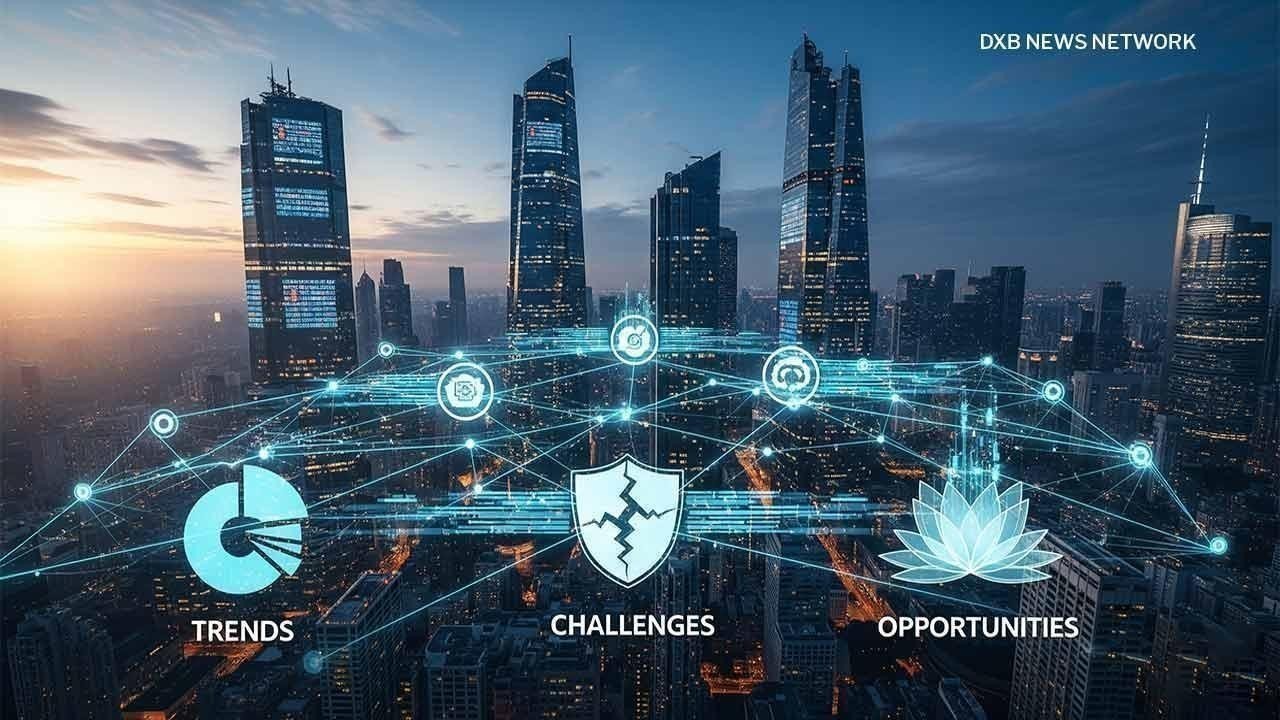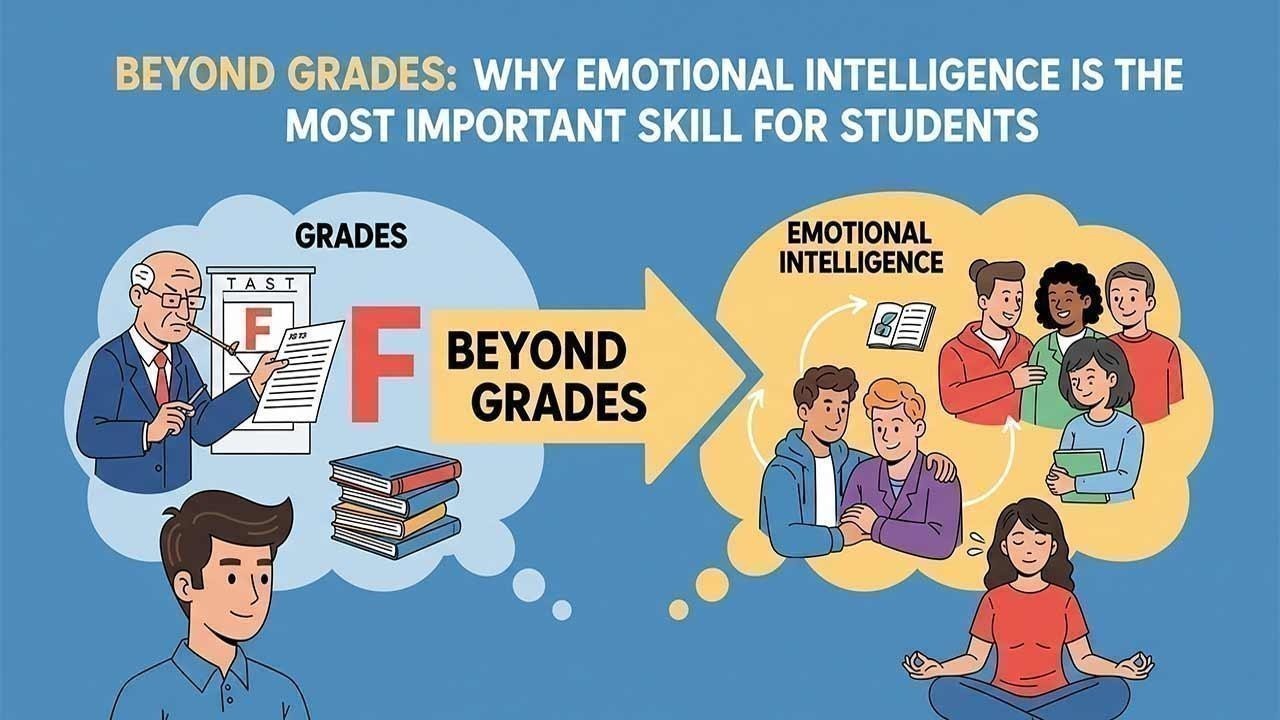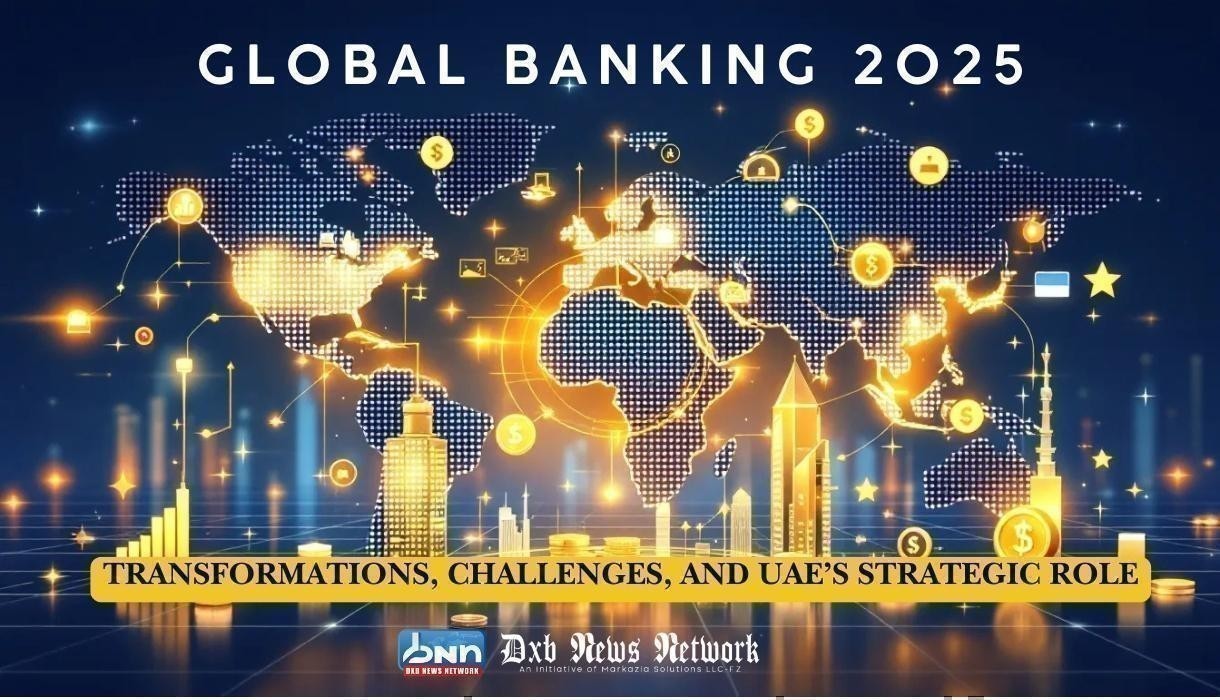
Post by : Anish
Feeding a global population projected to exceed 9 billion by 2050 is a major challenge. Traditional agriculture is struggling to keep up, consuming vast amounts of land, water, and energy. Environmental issues like deforestation, overfishing, and greenhouse gas emissions linked to food production are putting pressure on governments and industries to innovate. In response, a global revolution in food production is underway—led by lab-grown meat, vertical farming, and sustainable eating practices. These groundbreaking methods promise not only to meet the growing food demand but also to create a more sustainable and ethical global food system.
Lab-grown meat, also known as cultivated or cultured meat, involves producing meat directly from animal cells without the need to raise or slaughter animals. The process starts by extracting cells from a living animal and placing them in a bioreactor where they are fed nutrients, allowing them to grow into muscle tissue that is biologically identical to traditional meat.
This technology offers several key benefits. First, it drastically reduces the need for land and water compared to conventional animal farming. Studies indicate lab-grown meat uses up to 96% less water and 99% less land. Secondly, it can significantly cut greenhouse gas emissions—potentially by 80-90% according to early research.
Companies like Upside Foods, Mosa Meat, and Eat Just have already introduced lab-grown chicken and beef to select markets, with regulatory approvals expanding globally. The UAE and Singapore are among the first nations to approve commercial sales of lab-grown meat, signaling broader acceptance in the coming years.
As technological processes become more cost-efficient, lab-grown meat is expected to be price competitive by 2030, making it a mainstream option on supermarket shelves.
Vertical farming represents another transformative approach to food production. Using stacked layers within controlled indoor environments, vertical farms can produce vegetables and herbs year-round, independent of weather conditions. LED lighting, hydroponics, and automated systems optimize plant growth with minimal water and pesticide use.
Urban vertical farms are popping up in major cities like New York, Dubai, Singapore, and Tokyo. Companies such as AeroFarms, Plenty, and UAE-based Madar Farms are leading the industry, producing fresh produce close to urban consumers and cutting down transportation emissions.
Vertical farming can use up to 95% less water than conventional agriculture and produces higher yields per square meter. This makes it ideal for regions with limited arable land, like the Middle East, and helps reduce dependency on food imports.
Alongside technological advances, a cultural shift in eating habits is underway. Sustainable eating focuses on consuming foods that are produced with minimal environmental impact. This includes embracing plant-based diets, reducing food waste, and supporting local, seasonal produce.
Plant-based meat alternatives from companies like Beyond Meat and Impossible Foods are gaining traction globally, offering taste profiles similar to animal meat with a fraction of the environmental footprint. Additionally, flexitarian diets—where people reduce but do not eliminate meat consumption—are becoming mainstream, especially among younger generations.
Governments and health organizations are also promoting sustainable eating, linking it to improved public health outcomes. Reduced red meat consumption is associated with lower risks of heart disease and certain cancers, offering a dual benefit for people and the planet.
Artificial intelligence and big data are enhancing food production and consumption patterns. AI algorithms help vertical farms optimize light, temperature, and water usage in real time. On the consumer side, apps and smart devices help individuals track their dietary habits, suggest healthier choices, and reduce household food waste.
Blockchain technology is also emerging as a tool for enhancing transparency in the food supply chain, enabling consumers to verify where their food comes from, how it was produced, and its carbon footprint.
If adopted on a large scale, these food innovations could significantly curb climate change drivers. The livestock industry alone accounts for nearly 15% of global greenhouse gas emissions. By replacing a portion of meat consumption with lab-grown or plant-based alternatives, global emissions could be reduced dramatically.
Vertical farming could also revitalize urban food systems, reduce the pressure on rural lands, and minimize the need for harmful pesticides. Sustainable eating trends may lower healthcare costs globally by improving diets and reducing diet-related diseases.
Despite the optimism, several challenges need to be addressed. Lab-grown meat currently remains expensive to produce, though costs are falling rapidly. Vertical farming involves high upfront investment in technology and energy, though renewable energy adoption is helping mitigate costs.
Changing consumer habits is another hurdle. Food choices are deeply cultural, and acceptance of lab-grown products or plant-based substitutes varies by region. Education and transparent marketing will be critical in winning over skeptical consumers.
Regulatory hurdles also exist. While some countries have embraced these technologies, others are proceeding cautiously, requiring extensive food safety trials before approval.
Governments worldwide are increasingly supporting these future food technologies. The European Union has allocated billions in its Farm to Fork Strategy, encouraging sustainable agriculture. The UAE’s National Food Security Strategy 2051 includes specific targets for expanding vertical farming and lab-grown food production.
In the U.S., recent government grants are boosting research in alternative proteins and sustainable agriculture. Similarly, Asian markets like China, Japan, and South Korea are ramping up investments in smart food technologies to ensure future food security.
By 2035, industry experts predict a significant portion of global meat consumption will come from lab-grown and plant-based sources. Vertical farming will become a major food supplier for urban populations, and sustainable eating practices will be integrated into public health policies.
Retail environments will also evolve, with smart supermarkets offering transparent sourcing, customized nutrition options, and AI-powered recommendations.
Countries investing early in these technologies—like the UAE, Singapore, and the U.S.—will emerge as leaders in sustainable food systems, reaping economic, environmental, and health benefits.
The future of food is undergoing a massive transformation. With lab-grown meat, vertical farming, and sustainable eating at the forefront, humanity is entering a new era where feeding billions doesn’t have to come at the expense of the planet.
These innovations offer a promising path forward, balancing nutrition, ethics, and environmental responsibility. While challenges remain, the momentum toward a smarter, cleaner, and healthier food system is undeniable. In the coming decades, the way we eat will be defined not just by tradition, but by innovation.
This article is for informational purposes only. All data and forecasts are based on reports available as of July 2025 and are subject to change as technology and policies evolve.

Comoros Launches First Vehicle-Friendly Passenger Ferry Service
Comoros launches its first passenger ferry for people and vehicles, boosting travel, trade, and inte

Janhvi Kapoor Stuns at TIFF in Elegant Traditional & Modern Look
Janhvi Kapoor dazzles at Toronto Film Festival with a perfect blend of traditional embroidery and mo

Etihad Airways Hits Record 2 Million Passengers in August
Etihad Airways carried over 2 million passengers in August 2025, achieving 91% load factor and marki

UAE, Hungary Leaders Meet to Boost Cooperation and Growth
President Sheikh Mohamed meets Hungary’s PM Orbán to discuss economy, investment, technology, renewa

Russia-Belarus Launch Zapad-2025 Military Drills Near NATO
Russia and Belarus begin Zapad-2025 drills near NATO borders amid drone tensions, raising security c

Giorgio Armani’s Legacy: Business Will and Fashion Empire
Giorgio Armani’s will reveals his fashion empire plans, heirs’ shares, and future collections, with

Police Hunt Former Husband After Woman Found Stabbed Dead
Police search for a woman’s ex-husband after she was found stabbed to death. Two victims died, inves

The Power of Home Centric Living Transform Your House into a Personal Sanctuary
Discover how home centric living transforms homes into wellness work and relaxation hubs for comfo

Chef s Table Experiences How Fine Dining is Becoming Personal and Unforgettable
Explore how Chef s Table experiences make fine dining personal interactive and unforgettable with

Global Banking in 2025 How Technology Sustainability and Innovation Are Shaping the Future
Explore the global banking landscape digital transformation sustainability and innovations shapin

Nepal Faces Crisis as Youth Protests Shake Politics
Nepal’s political crisis grows as youth protests rise over social media ban, leaving 30+ dead and th

Beyond Grades Why Emotional Intelligence is the Key to Students Success
Discover why emotional intelligence matters more than grades helping students succeed manage emoti

Global Banking 2025: Transformations, Challenges, and UAE’s Strategic Role
Transformations, Challenges, and UAE’s Strategic Role

Israel Launches Airstrikes on Yemen — 35 Dead, Over 130 Injured in Sanaa and Al Jawf
Emergency teams rush to rescue survivors as strikes hit military sites, fuel depots, and residential

Charlie Kirk Shot Dead at Utah University During Speech
Charlie Kirk, Turning Point USA founder, was shot dead at Utah Valley University. Chaos erupted as t